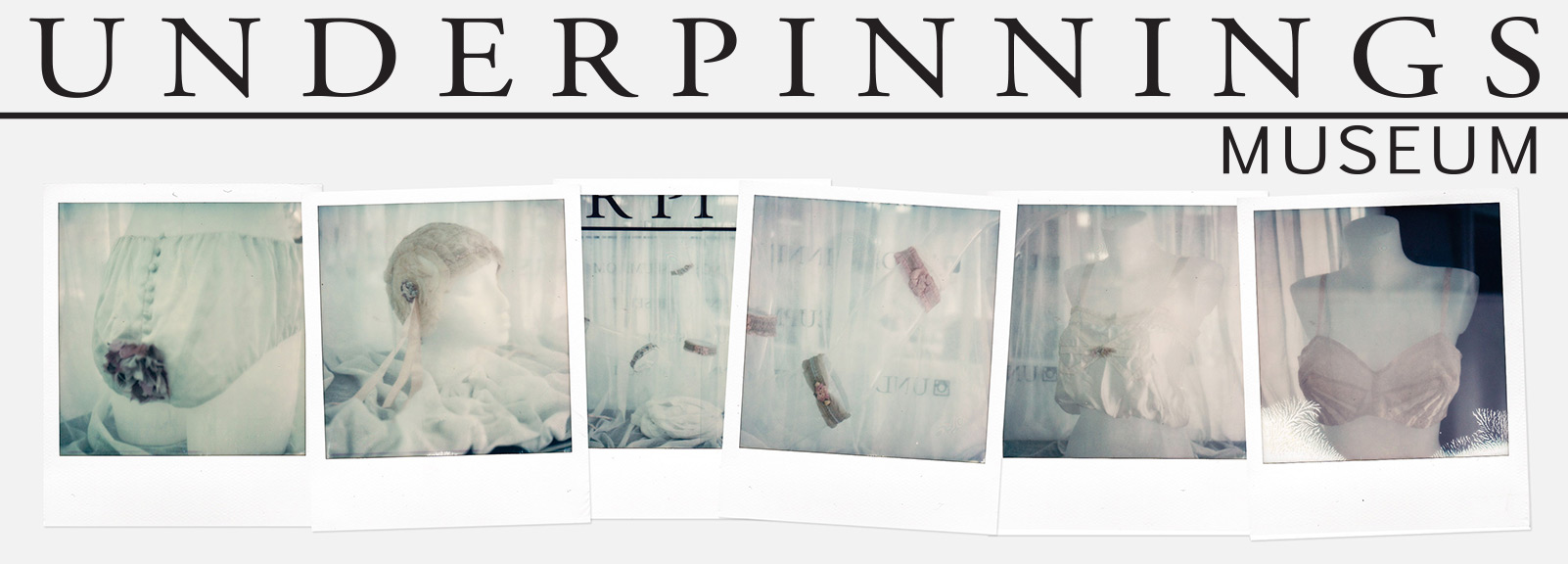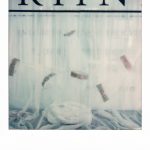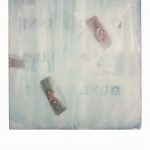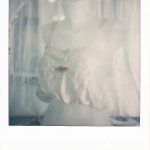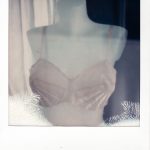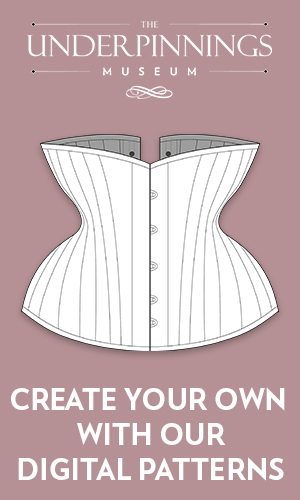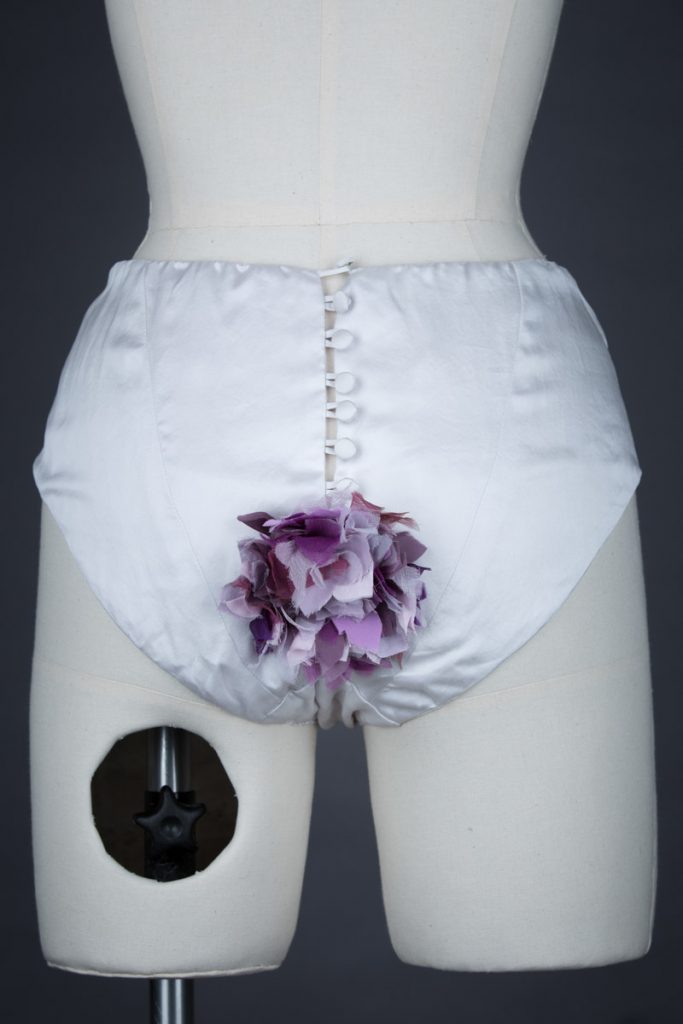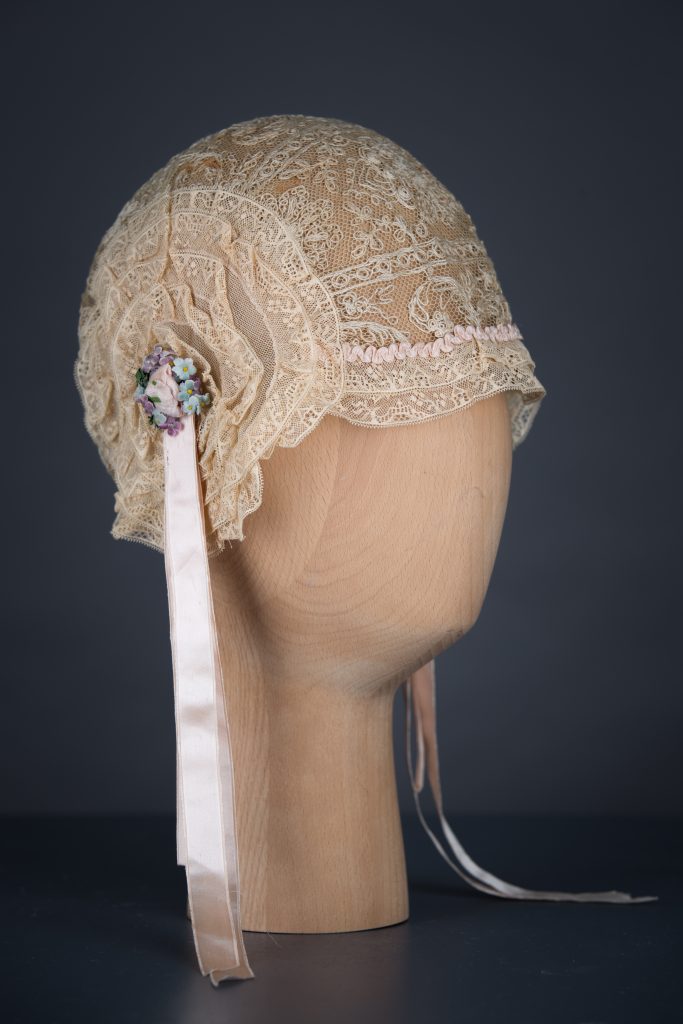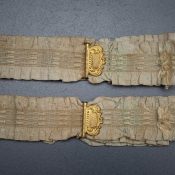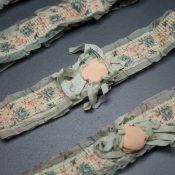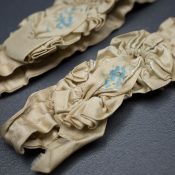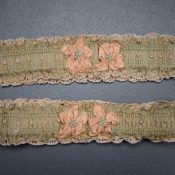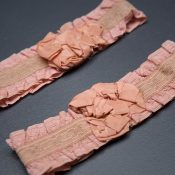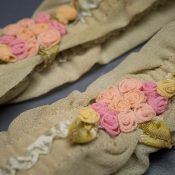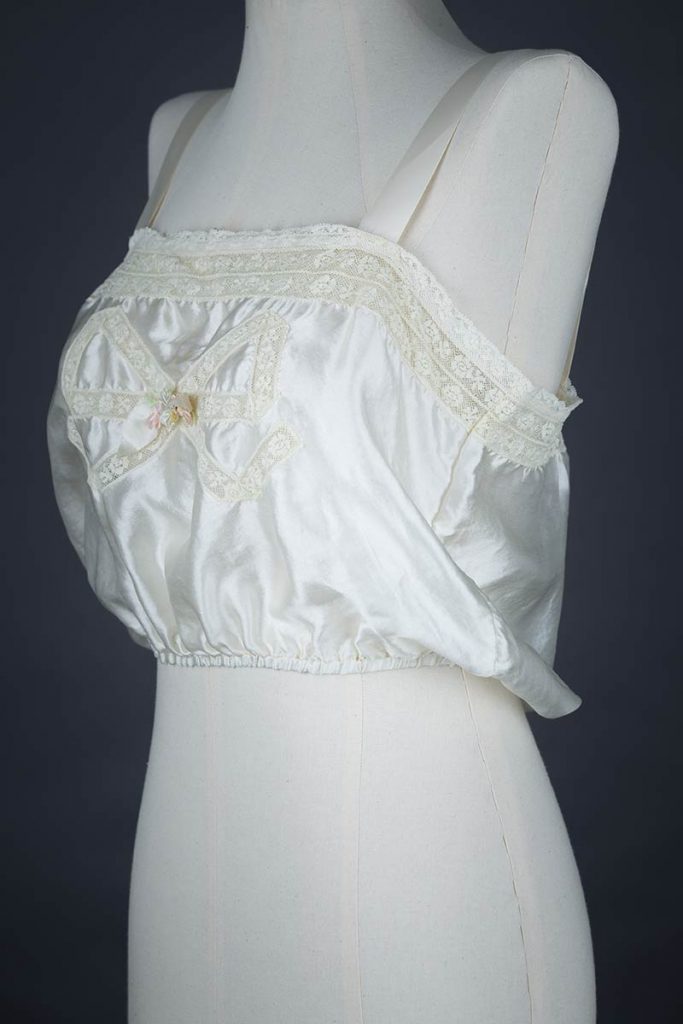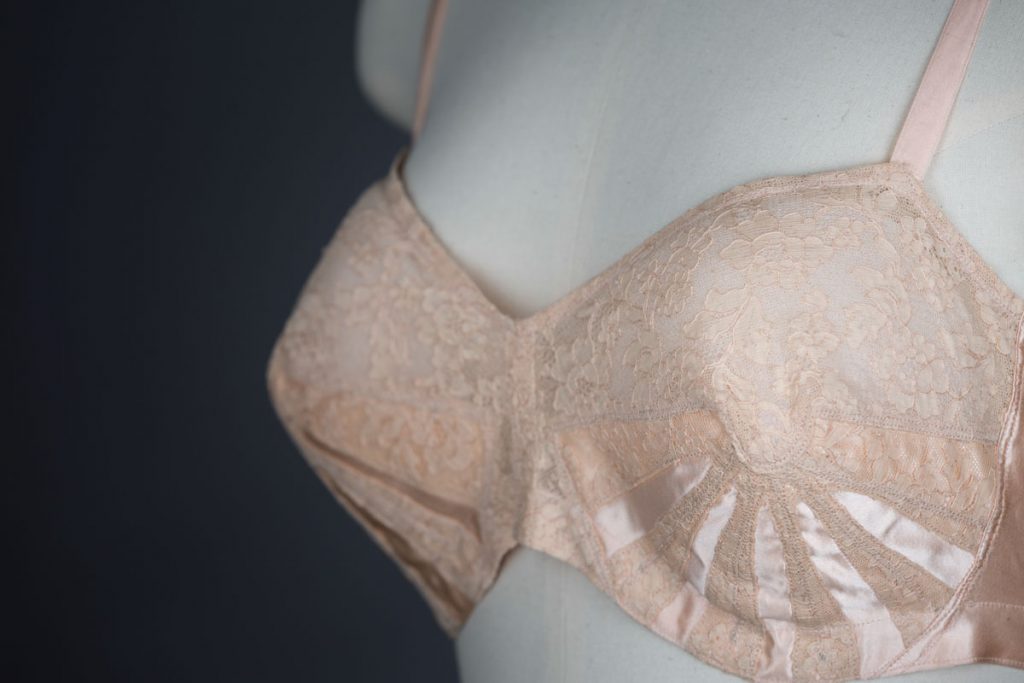Between February to May 2017, The Underpinnings Museum worked directly with MA students at London College of Fashion as part of their collaborative unit. Students Gill MacGregor and Sarah Hardcastle worked together on a project that saw the creation of our first ever physical exhibition and a series of videos exploring select archive pieces in detail.
‘The Big Reveal’ was displayed at The Fashion Space Gallery’s Vitrine display at London College of Fashion until 10th July 2017. The physical exhibition is now closed, but this digital exhibition allows you to explore the objects selected for the exhibition in greater detail. Simply click the images to be taken to their object page with more contextual information and photos.
Exhibition curated by Videos by Gill MacGregor, MA Fashion Curation, London College of Fashion, and Sarah Hardcastle, MA Fashion Media Production, London College of Fashion.
